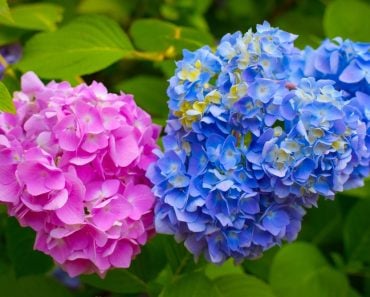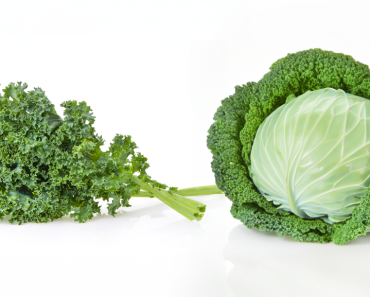


Why Is It Hard To Smile Naturally In Photographs?

Where Can We Find A True Blue Rose?
May 13, 2024
Biology

How Did We Get Cotton Candy Grapes?
May 6, 2024
Biology

Democracy Vs Republic: What’s The Difference Between Republic And Democracy?
May 3, 2024
Sociology

What Is Dialectics? What Is The Triad Thesis?
April 30, 2024
Philosophy

Can Soil pH Affect Flower Color?
April 29, 2024
Earth Science

Are Kale And Cabbage The Same Plant?
April 22, 2024
Botany

What Are The Three Waves Of Feminism?
April 17, 2024
Psychology

How Are Memories Formed And Recalled?
April 16, 2024
Psychology

Were Pirates The Revolutionaries Of The High Seas?
April 15, 2024
Sociology
